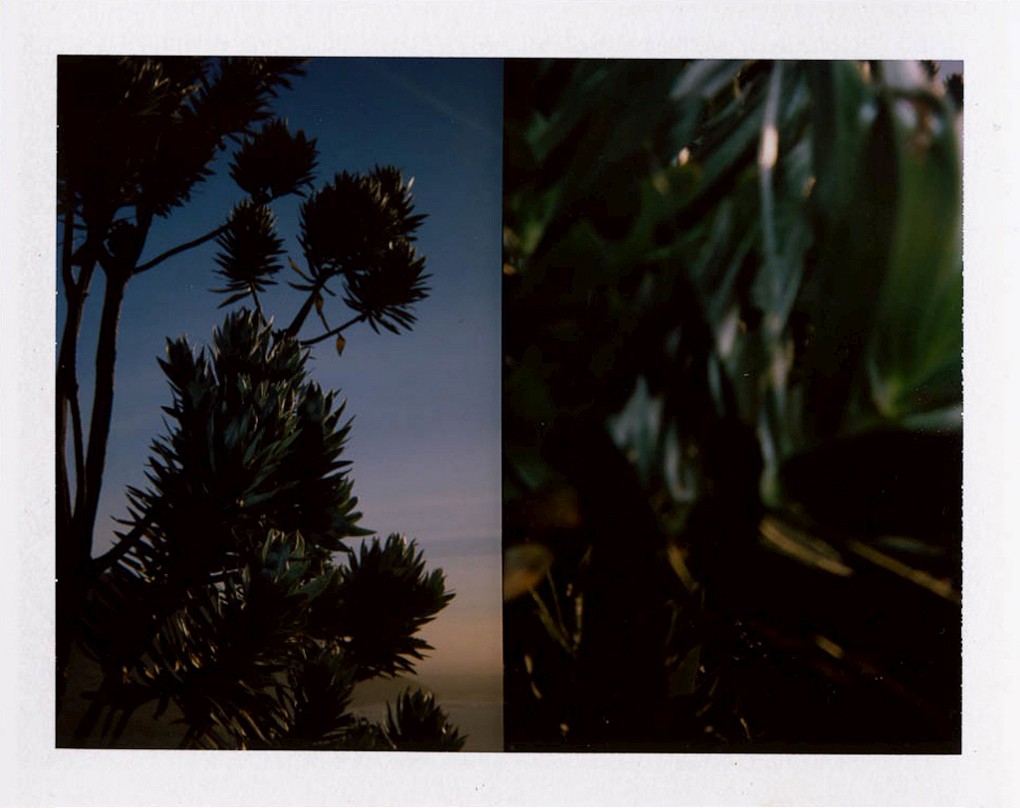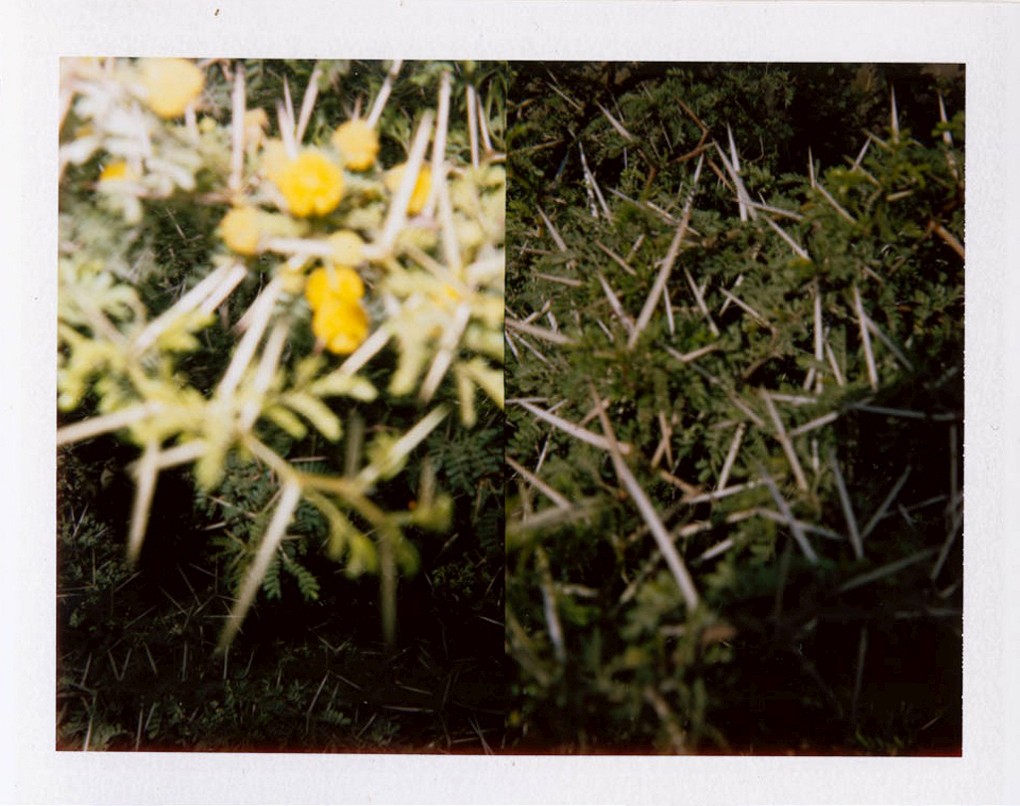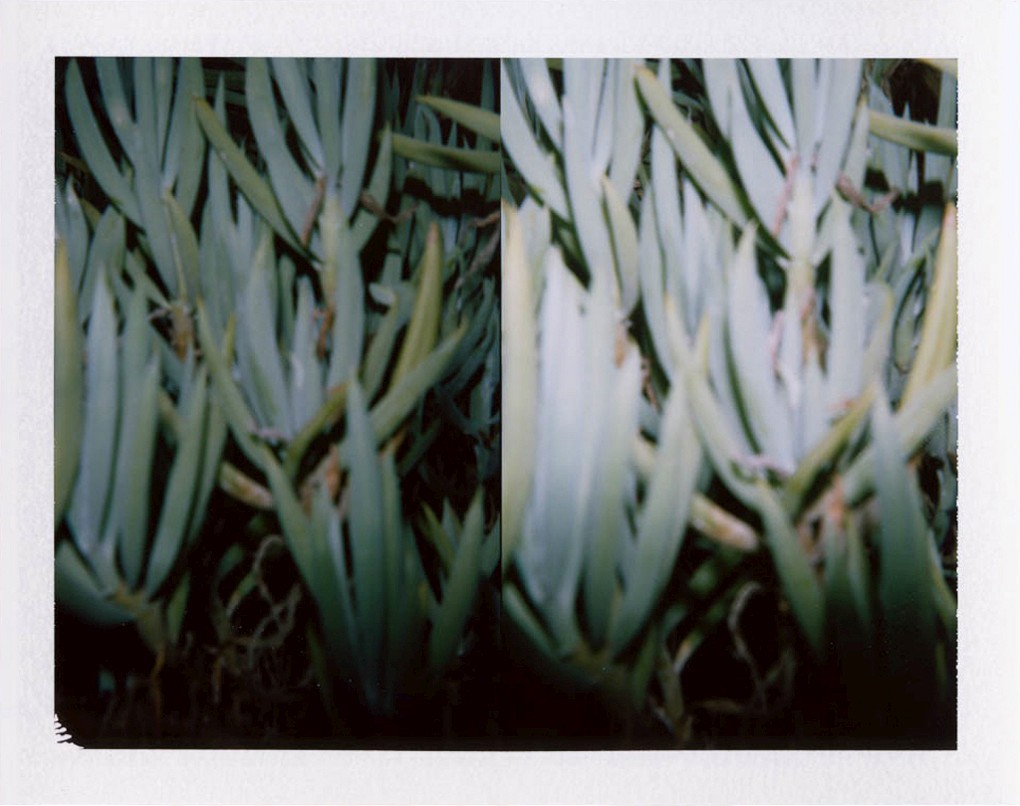It's slightly disconcerting to find anti-racist art in a Norwich Castle exhibition called "Curiosity".
As if anti-racist activism belongs in some collector's cabinet of the strange and wonderful rather than out there in the real world.
Yet anti-racist points are being raised through art at the Norwich Castle Museum alongside such curios as a sheep-headed dog, Peeping Tom photography, and a fine array of kidney stones.
To be fair, this anti-racist art also keeps company with works of local luminary Sir Thomas Browne, and some intricate sketches by Leonardo da Vinci, along with some other fabulous art.
Curiosity is defined as "a form of resistance to received ideas" in the exhibition brochure.
In a sense, so is anti-racism. Racism does seem to be characterised by a marked lack of curiosity.
So maybe curiosity itself is an anti-racist act?
In 1970, Caroline Hunter, a young black chemist working at the (Polaroid) film company's lab in Cambridge, Massachusetts, chanced upon some South African identity documents, which appeared to suggest her employer was helping to assist in the administration of racial segregation.
Hunter went on to found the Polaroid Workers Revolutionary Movement, and campaigned against the firm's involvement in the production of South African pass books, or racially specific identity documents, which black citizens were required to carry when traveling outside of designated areas.
Polaroid withdrew from South Africa in 1977. Nevertheless, the photographic innovations they developed live on, at least in the work of the brilliant photographic artists Adam Broomberg and Oliver Chanarin.
 |
| I.D. 2 (2012) by Adam Broomberg and Oliver Chanarin |
(For their exhibitions), they employ the little-known Polaroid ID-2 camera, once used by SA's authorities to produce pass-book portraits.
According to South African born Broomberg, the ID-2 has a flash-boost facility, enabling photographers to take detailed, reliable photographs of black faces - something that proved notoriously difficult with Western film stock, which was developed largely for a white audience.
"Black skin absorbs 42% more light. The button boosts the flash exactly 42%," Broomberg explained to The Guardian newspaper. "It makes me believe it was designed for this purpose."
Yet, rather than use the camera for portraiture, the pair have photographed South Africa's beautiful flora, using the land camera, in both its white and black skin settings, to celebrate the country's bounty and diversity, while keeping in mind its choppy past.
According to South African born Broomberg, the ID-2 has a flash-boost facility, enabling photographers to take detailed, reliable photographs of black faces - something that proved notoriously difficult with Western film stock, which was developed largely for a white audience.
"Black skin absorbs 42% more light. The button boosts the flash exactly 42%," Broomberg explained to The Guardian newspaper. "It makes me believe it was designed for this purpose."
Yet, rather than use the camera for portraiture, the pair have photographed South Africa's beautiful flora, using the land camera, in both its white and black skin settings, to celebrate the country's bounty and diversity, while keeping in mind its choppy past.
 |
| I.D. 17 (2012) by Adam Broomberg and Oliver Chanarin |
In all, this appears to (make) a sensitive, politically nuanced show, free from the didacticism common to less agile political commentary.
To find our more, visit Norwich Castle Museum, or read The Guardian piece.
More examples of this subtle activism
at Norwich Castle Museum's Curiosity exhibition
ongoing until January 5, 2014.
To find our more, visit Norwich Castle Museum, or read The Guardian piece.
 |
| I.D. 10 (2012) by Adam Broomberg and Oliver Chanarin |
More examples of this subtle activism
at Norwich Castle Museum's Curiosity exhibition
ongoing until January 5, 2014.



No comments:
Post a Comment